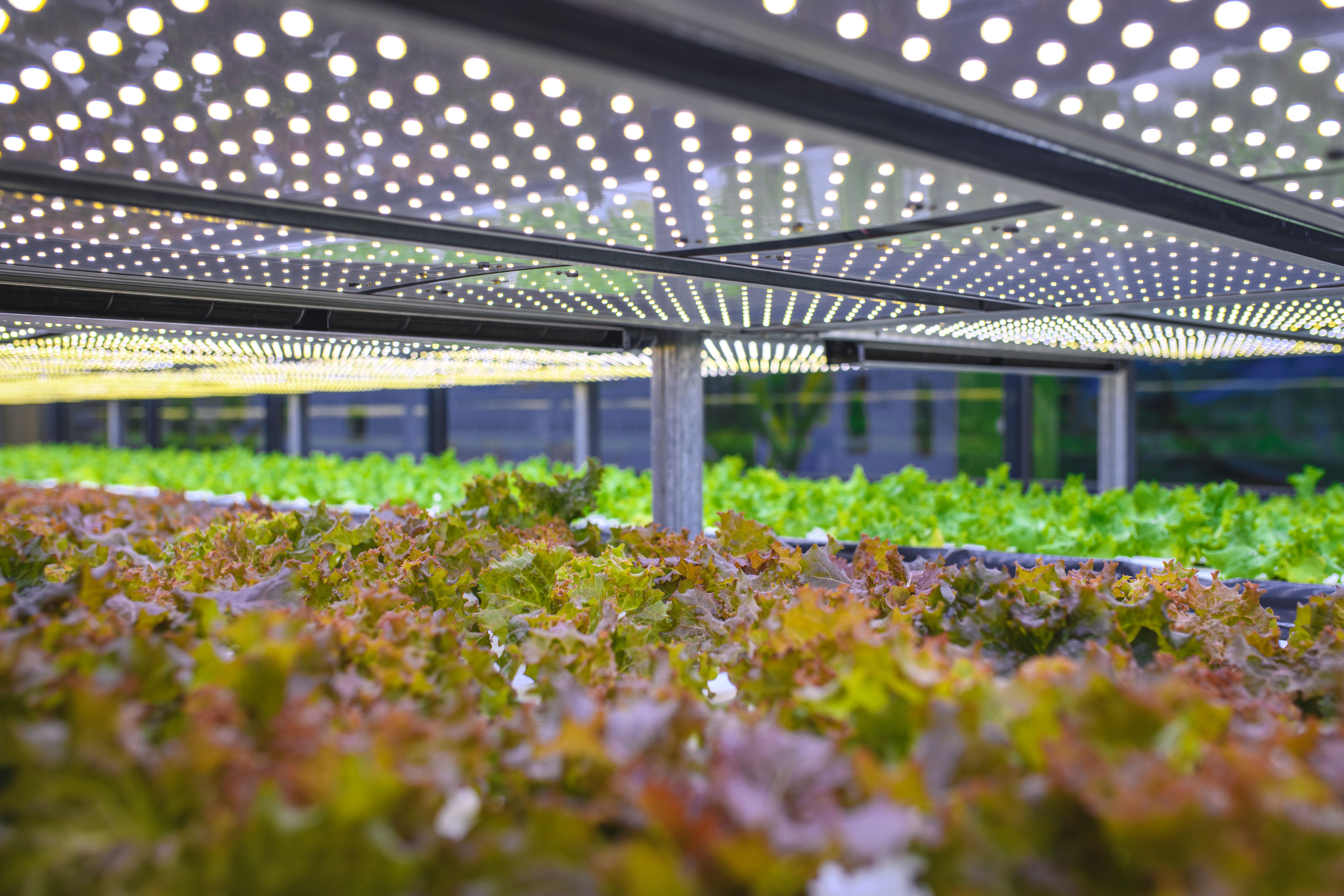Unveiling the Truth: Myths About Crop Rotation and Soil Health
Understanding Crop Rotation
Crop rotation is a time-tested agricultural practice that involves growing different types of crops in the same area in sequential seasons. This strategy is designed to improve soil health, optimize nutrient use, and reduce pest and disease pressure. However, despite its long-standing history, several myths about crop rotation persist, muddying the waters for modern-day farmers.
One prevalent myth is that crop rotation is only necessary for organic farming. While it is true that organic farmers often rely heavily on crop rotation as a natural method of maintaining soil fertility and controlling pests, conventional farmers can also benefit from this practice. Crop rotation helps break pest cycles and reduces the need for chemical inputs, leading to more sustainable farming systems.

Myth: Crop Rotation Depletes Soil Nutrients
A common misconception is that rotating crops can lead to nutrient depletion in the soil. In reality, crop rotation can actually enhance soil fertility. Different crops have varying nutrient requirements and root structures. By rotating crops, farmers can balance nutrient use and reduce the risk of depleting specific nutrients.
Leguminous crops, such as peas and beans, have the ability to fix atmospheric nitrogen into the soil, enriching it for subsequent crops. This natural replenishment reduces the need for synthetic fertilizers and promotes a healthier soil ecosystem.

Myth: Crop Rotation Is Outdated
In today's technologically advanced agricultural landscape, some perceive crop rotation as an outdated practice. However, this couldn't be further from the truth. Crop rotation remains a cornerstone of sustainable agriculture because it offers multiple benefits beyond soil health, including increased biodiversity and improved crop resilience.
The practice has evolved with modern agriculture. Farmers now use advanced planning techniques and data analytics to determine optimal crop sequences, further enhancing the benefits of crop rotation.

Myth: Crop Rotation Requires Large Land Areas
Another myth is that crop rotation is only feasible for large-scale farms with extensive land areas. In fact, crop rotation can be effectively implemented on farms of all sizes. Small-scale farmers can design rotation plans tailored to their specific land and crop types.
By focusing on strategic rotations even within limited spaces, smallholders can achieve improved yields and reduced pest pressures, illustrating that crop rotation is a versatile tool applicable to diverse farming contexts.
The Long-Term Benefits of Crop Rotation
Effective crop rotation offers numerous long-term benefits beyond immediate soil health improvements. It promotes biodiversity by encouraging a range of organisms to thrive in the soil ecosystem. This diversity helps create a more resilient agricultural system capable of withstanding environmental stressors such as climate change and pest invasions.
Furthermore, crop rotation contributes to carbon sequestration in the soil, playing a role in mitigating climate change impacts. By improving soil structure and organic matter content, this practice enhances the capacity of soils to store carbon.

Conclusion
Understanding the realities of crop rotation is crucial for modern agriculture. Dispelling myths surrounding this practice allows farmers to make informed decisions that enhance both their productivity and environmental stewardship.
By embracing crop rotation as a dynamic and adaptable practice, farmers can harness its full potential to create sustainable and resilient agricultural systems for future generations.